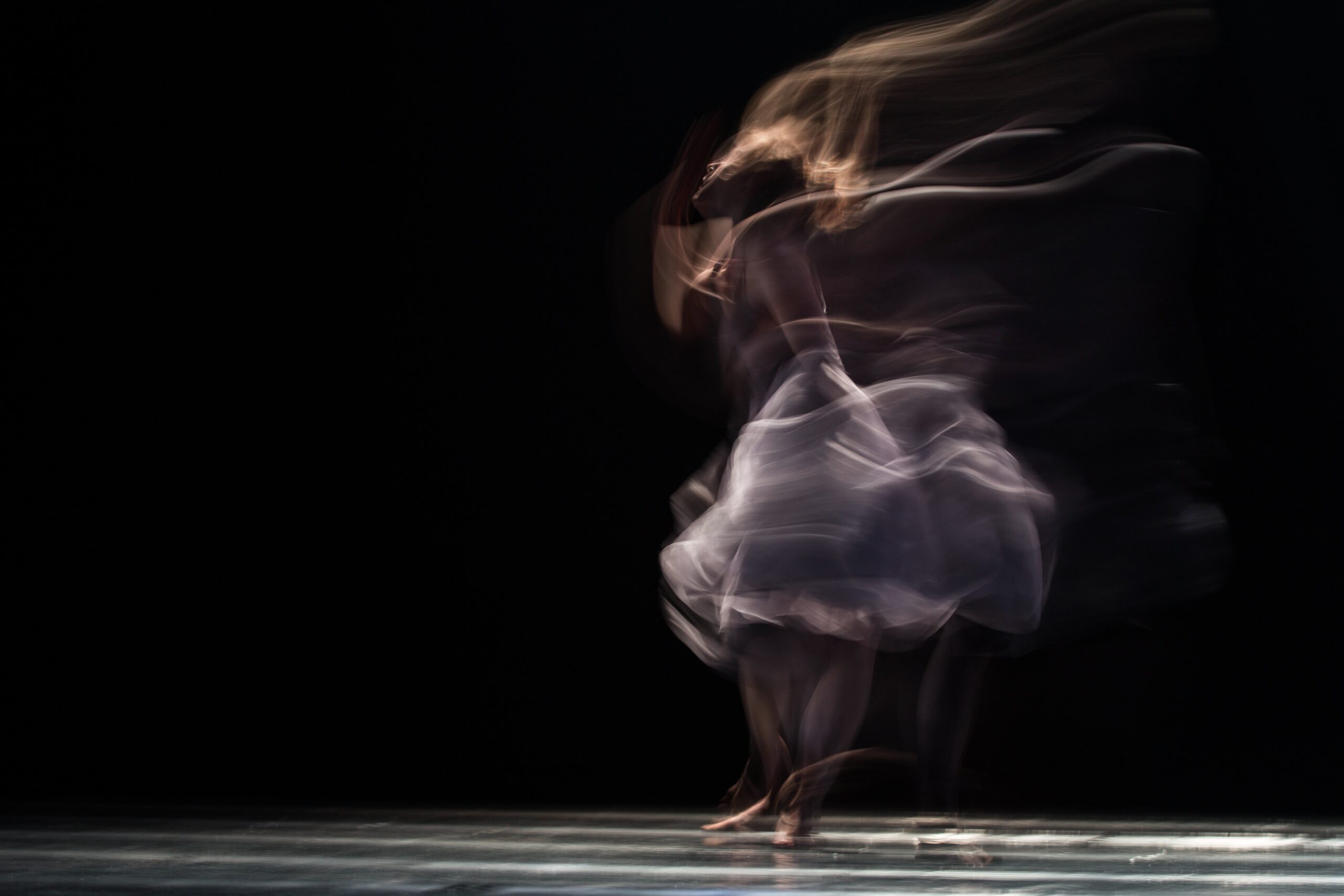I started my dance journey as a little 7-year-old girl, unaware of how strongly Kathak would influence my life and world-view. My mother enrolled me when she saw me dancing on street music, and thought it would be good for me to build my movement vocabulary in a systematic way instead of just doing ‘jhatkaas’ and ‘thumkas’. Now as I learn the ropes in the world of work, facilitating, researching and writing about issues related to leadership, well-being and more, I find myself once more taking inspiration from this classical dance form.
Kathak is a visually dazzling dance style with intricate footwork and graceful gestures. One of the most flamboyant moves in a performance is the continuous rhythmic spinning that is called chakkars (pirouettes). They are an integral part of performing tukdas and todas (Kathak dance routines) and it needs countless rehearsals and patience to ace them. Dancers sometimes perform 24 chakkars or 30 chakkars or more depending on the composition and the rhythm cycle. These chakkars vary in level of complexity, balancing skills and speed and can be broadly categorized into three kinds of chakkars .The novice start with the first type of chakkar which is taking a spin with five steps and is the easiest in maintaining balance. The second type is spinning with two steps and is performed on faster beats that require greater balance and control. The third type is spinning with only one step or on the heel which requires maximum precision and accuracy. The complex part of this movement is not just the spinning, but also landing correctly at the end of the multiple spins on the final beat (sam). One could stumble and fall, feel dizzy or simply not finish the spins at the exact time and position if it is not done right. Hence, consistent practice is of utmost importance to achieve this balance of speed and frequency while performing the chakkars.
As leaders talk about staying agile and finding ways to adapt to our fast-changing world, I find that the principles of movement that help me land when I perform the chakkars could also be relevant to the world of work.
True North
- My Guru always advises me to center myself at one point and name the space around me in fixed directions (North, South, East and West) while taking continuous chakkars on a single spot. One has to be fully present with one’s body, thoughts, emotions, actions and the space around.
- This continuous awareness helps to move through space without getting disoriented. For leaders and teams also, agile begins with setting your compass to your True North – the direction in which you want to keep moving.
Grounding
- Kathak with its intricate footwork (tatkar) focuses a lot on grounding force, creating vibrations throughout the body, producing rhythm and developing control over the body.
- Tatkar was originally performed to develop a spiritual relationship within the body and the Earth to connect to God. These rhythmic sounds are a combination of vocal Tatkar bols (Ta, thai, thai tat) and foot stamps. If this combination is executed correctly, tatkar generates power and flow of energy through the sole of the feet into the body while creating a harmony of mind and body.
- This is done over years of practice and not overnight. The interesting part of tatkar is that there is no need to watch your legs while tapping them on the ground; the ingrained muscle-memory works its magic and all you have to do is face ahead, smile and let your feet lead you.
At work, think about what is getting embedded in the muscle-memory of your team. At the start of the pandemic, teams that were most easily able to adapt were the ones that had invested in building strong communication and cultures. It seems like a contradiction, but embedding agile behaviour into the way a team works takes upfront time and effort.
Flexibility
- When training in Kathak, we learn to move different body parts independently of each other. There is an internal understanding of asymmetry as well as symmetry in the body. There are times when asymmetrical dance moves like the left hand gracefully pointing in the right direction with the left leg simultaneously stretching into opposite direction are performed together while still maintaining a symmetrical ensemble.
- Likewise, tapping your feet (tatkar) in a synchronized rhythm without moving your other body parts is vital training to make you quick on your feet. This is what allows a lot of flexibility when moving fast and rhythmically.
For teams that seek to be agile, think of how dependent their work structures are on each other. The more loosely interdependent these can be, the more flexibility there will be in the system.
Agility is not just the ability to move quickly and easily but also understand and think in an accurate and coordinated way. Agility requires an amalgamation of control, stability, flexibility as well as endurance in the body. Once, agility is absorbed into body, it is not too hard for the mind to follow this muscle-memory. In the same way, once agile becomes a way of working, it is not too hard for the mind to respond to changes with inquisitiveness, spontaneity and creativity!
By Tanaya Pendurkar – Passionate dancer, Dance Movement Therapy Facilitator, a feeler & believer
